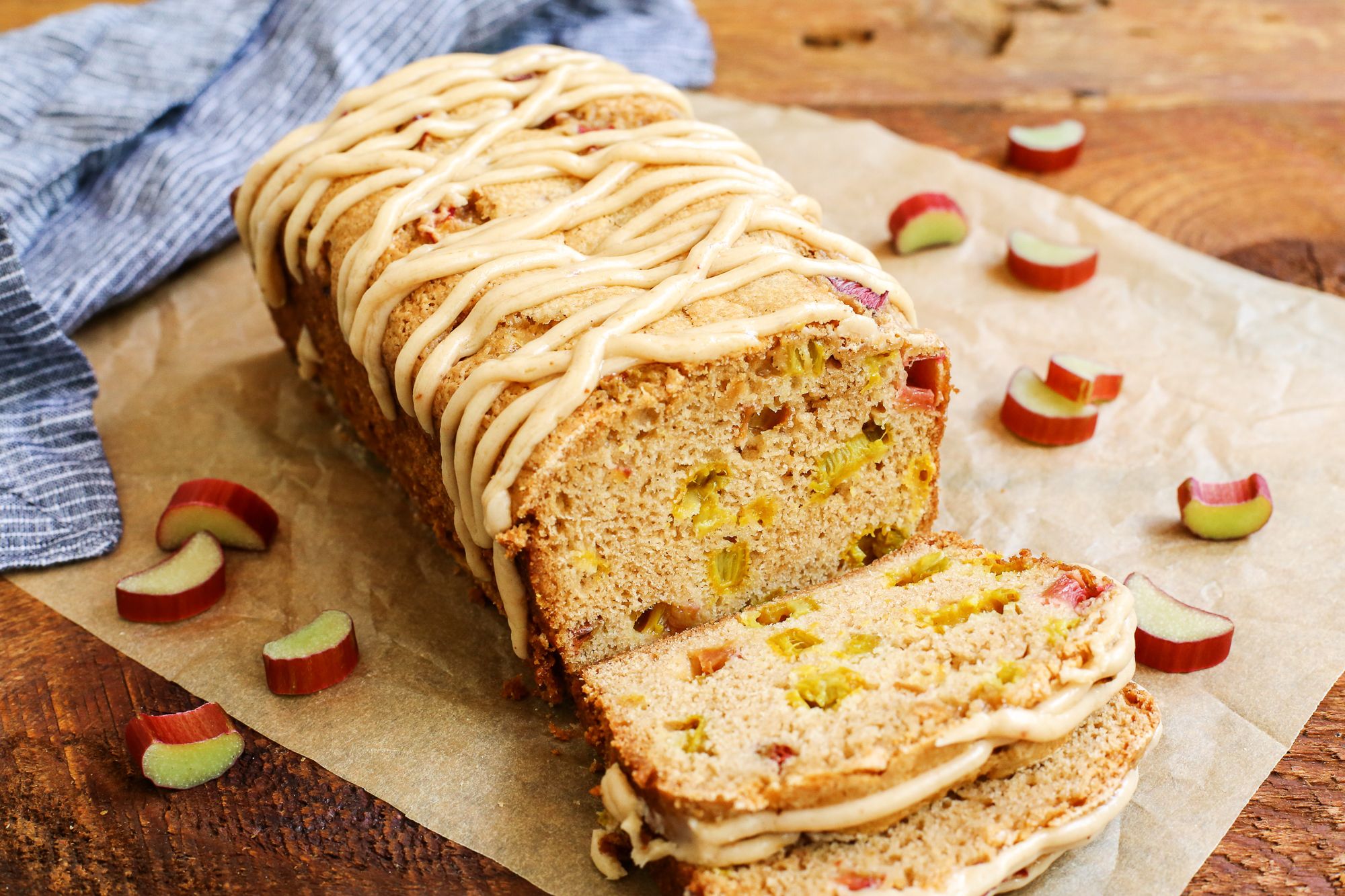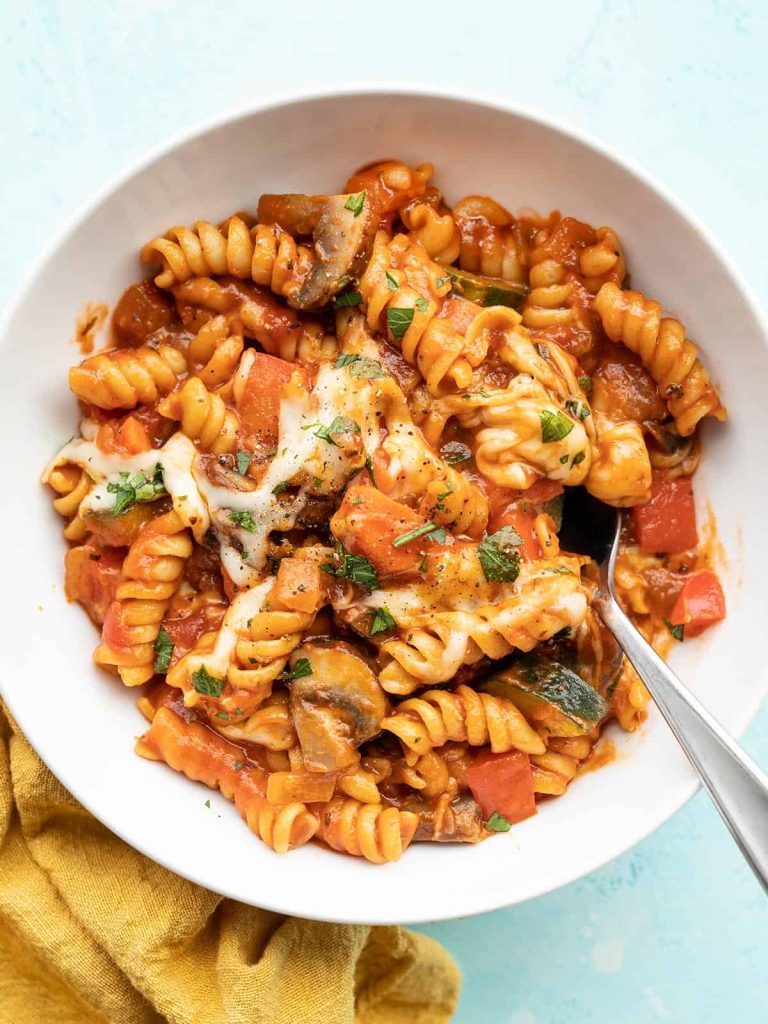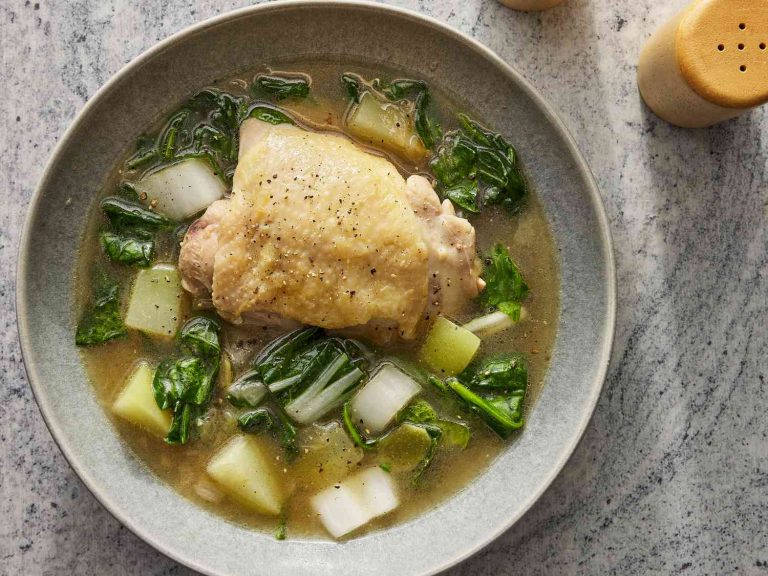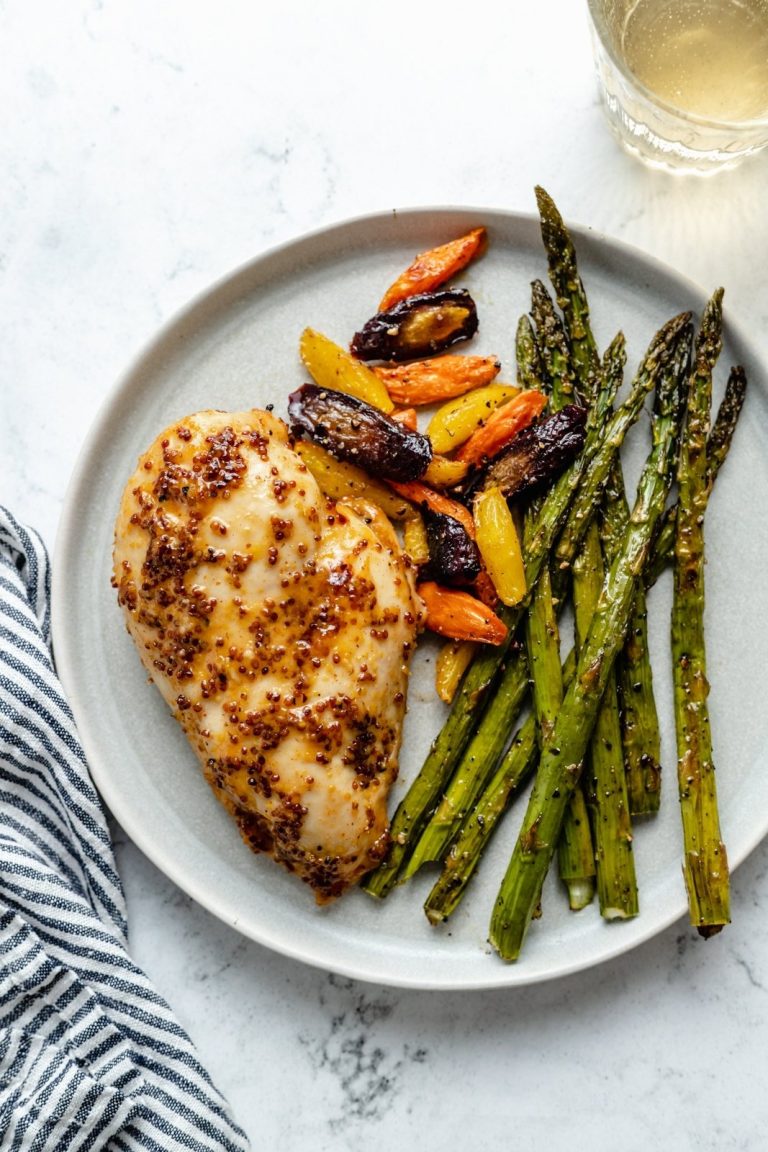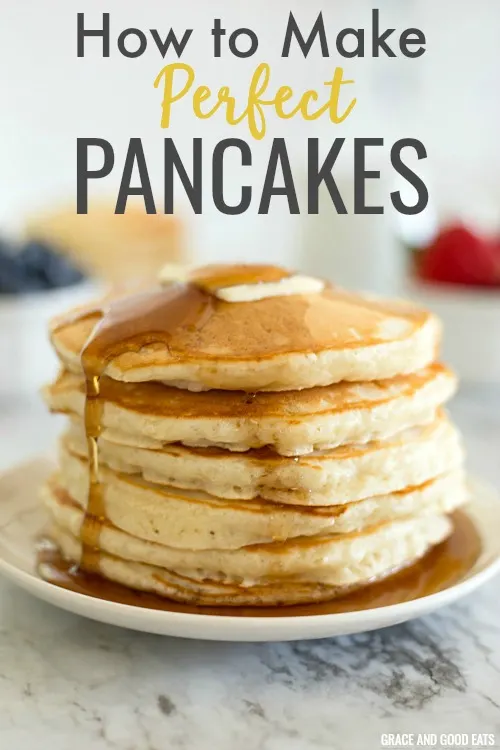Rhubarb Bread Recipe: Sweet and Tangy Quick Bread Delight
Rhubarb is a perennial vegetable often used in desserts due to its tart flavor. It’s commonly paired with sweet ingredients to balance its natural acidity. Rhubarb stalks resemble celery but have a reddish hue. When selecting rhubarb, choose firm, crisp stalks and avoid any that are limp or blemished. Rhubarb leaves contain oxalic acid and are toxic, so ensure they’re discarded before use.
Unique Features of Rhubarb Bread
Rhubarb bread combines the tartness of rhubarb with a sweet quick bread base. This blend creates a flavorful contrast that sets it apart from other bread varieties like banana bread. Adding brown sugar, vanilla extract, or cinnamon enhances the bread’s sweetness and depth. Chopped nuts or dried fruit can provide additional texture and flavor. Rhubarb bread is versatile, suitable for breakfast, snacks, or dessert.
Why You Should Try Rhubarb Bread
Health Benefits
Rhubarb bread offers notable health advantages. Rhubarb, rich in antioxidants, combats oxidative stress, promoting overall health (source: National Institutes of Health). High levels of dietary fiber in rhubarb support digestion and regular bowel movements. Rhubarb also provides essential nutrients such as vitamin K, which contributes to bone health, and vitamin C, important for immune function.
- Antioxidants: Combat oxidative stress and promote health.
- Dietary fiber: Supports digestion and regular bowel movements.
- Vitamins: Contains vitamin K for bone health and vitamin C for immune function.
Culinary Benefits
Rhubarb bread stands out with its unique flavor profile. The tartness of rhubarb enhances the sweetness of quick bread, creating a balance that appeals to many palates. Unlike more traditional bread types, rhubarb bread brings a fresh, tangy twist to your baking repertoire.
- Flavor: Balances tartness and sweetness uniquely.
- Versatility: Suitable for various occasions from breakfast to dessert.
- Adaptability: Option to add ingredients like brown sugar, vanilla extract, cinnamon, nuts, or dried fruit to suit individual tastes.
Key Ingredients for Rhubarb Bread
Must-Have Ingredients
Rhubarb Bread requires several key ingredients to achieve its distinct flavor and texture. The following list includes the essentials:
- Rhubarb Stalks: Use 2 cups of chopped fresh rhubarb. Choose firm, crisp stalks, avoiding the toxic leaves.
- All-Purpose Flour: Measure 2 cups. Ensure it’s sifted to incorporate air, resulting in lighter bread.
- Granulated Sugar: Add 1 cup to balance rhubarb’s tartness.
- Baking Soda: Use 1 teaspoon as a leavening agent to provide structure.
- Salt: Include 1/2 teaspoon to enhance overall flavor.
- Eggs: Blend in 2 large eggs to bind ingredients and add moisture.
- Vegetable Oil: Incorporate 1/2 cup for a moist texture.
- Buttermilk: Mix 1 cup, contributing a tangy flavor and tender crumb.
- Brown Sugar: Swap some granulated sugar with 1/2 cup of brown sugar for a deeper sweetness.
- Vanilla Extract: Add 1 teaspoon to enrich the flavor.
- Cinnamon: Sprinkle 1/2 teaspoon for a warm, spicy note.
- Nuts: Stir in 1/2 cup of chopped walnuts or pecans for added crunch.
- Dried Fruit: Include 1/2 cup of raisins or cranberries to contrast the tart rhubarb.
Step-by-Step Recipe for Making Rhubarb Bread
Preparing the Ingredients
To make rhubarb bread, first gather the essentials. You’ll need 2 cups of diced rhubarb stalks, 2 cups of all-purpose flour, 1 cup of granulated sugar, 1 teaspoon of baking soda, and 1/2 teaspoon of salt. For the wet ingredients, prepare 2 large eggs, 1/2 cup of vegetable oil, and 1 cup of buttermilk. Optional ingredients such as 1/4 cup of brown sugar, 1 teaspoon of vanilla extract, 1 teaspoon of cinnamon, 1/2 cup of chopped nuts, and 1/2 cup of dried fruit can enhance the taste and texture.
Start by washing the rhubarb stalks thoroughly and drying them with a clean cloth. Dice the rhubarb into small pieces, ensuring uniformity for even distribution in the batter. Measure all the dry ingredients accurately using measuring cups and spoons, placing them in separate bowls for easy access.
Baking Procedures
Preheat your oven to 350°F (175°C) and grease a standard loaf pan with butter or non-stick cooking spray. In a large mixing bowl, combine the all-purpose flour, granulated sugar, baking soda, and salt. Mix well to ensure even distribution of the leavening agent and avoid clumps.
In a separate bowl, whisk the eggs, vegetable oil, and buttermilk together until smooth. Gradually add the wet mixture to the flour mixture, stirring continuously to form a uniform batter. Fold in the diced rhubarb gently, making sure it’s evenly incorporated.
Pour the batter into the prepared loaf pan, smoothing out the top with a spatula. If using optional ingredients, sprinkle brown sugar, cinnamon, or nuts on top before placing the pan in the oven. Bake for 60 minutes, or until a toothpick inserted into the center comes out clean. Let the bread cool in the pan for 10 minutes, then transfer it to a wire rack to cool completely.
Serving and Storage Tips
Best Ways to Serve Rhubarb Bread
Rhubarb bread pairs exceptionally well with various spreads and accompaniments. Consider these serving suggestions:
- With Butter or Cream Cheese: Spread a generous layer of butter or cream cheese on warm slices for a rich, creamy texture.
- Toasted: Toast slices to enhance their flavor and add a satisfying crunch. Serve with your favorite spread or enjoy them plain.
- Alongside Fresh Fruit: Complement the tanginess of rhubarb with fresh fruit like strawberries or raspberries.
- For Breakfast or Brunch: Serve rhubarb bread as part of a breakfast spread with yogurt, granola, and fresh juice. It also makes a delightful addition to a brunch table.
- As a Dessert: Add a scoop of vanilla ice cream or a dollop of whipped cream to a slice for an indulgent dessert option.
- Room Temperature: If you plan to consume the bread within 2 to 3 days, store it in an airtight container at room temperature.
- Refrigeration: For longer storage, refrigerate rhubarb bread. Wrap it in plastic wrap or aluminum foil, then place it in an airtight container. It will stay fresh for up to a week.
- Freezing: Freeze rhubarb bread for extended storage. Wrap individual slices or the whole loaf tightly in plastic wrap, followed by aluminum foil. Place in a freezer-safe bag or container. Bread will keep for up to 3 months. Thaw at room temperature when ready to eat.
- Avoid Moisture: Keep the bread away from excess moisture to prevent it from becoming soggy or moldy.
Conclusion
Rhubarb bread offers a delightful way to elevate your baking repertoire with its unique blend of sweet and tangy flavors. Whether enjoyed fresh, toasted, or paired with your favorite toppings, this versatile bread is perfect for any occasion. Remember to store it properly to maintain its quality and savor its deliciousness for days or even weeks. Happy baking!
